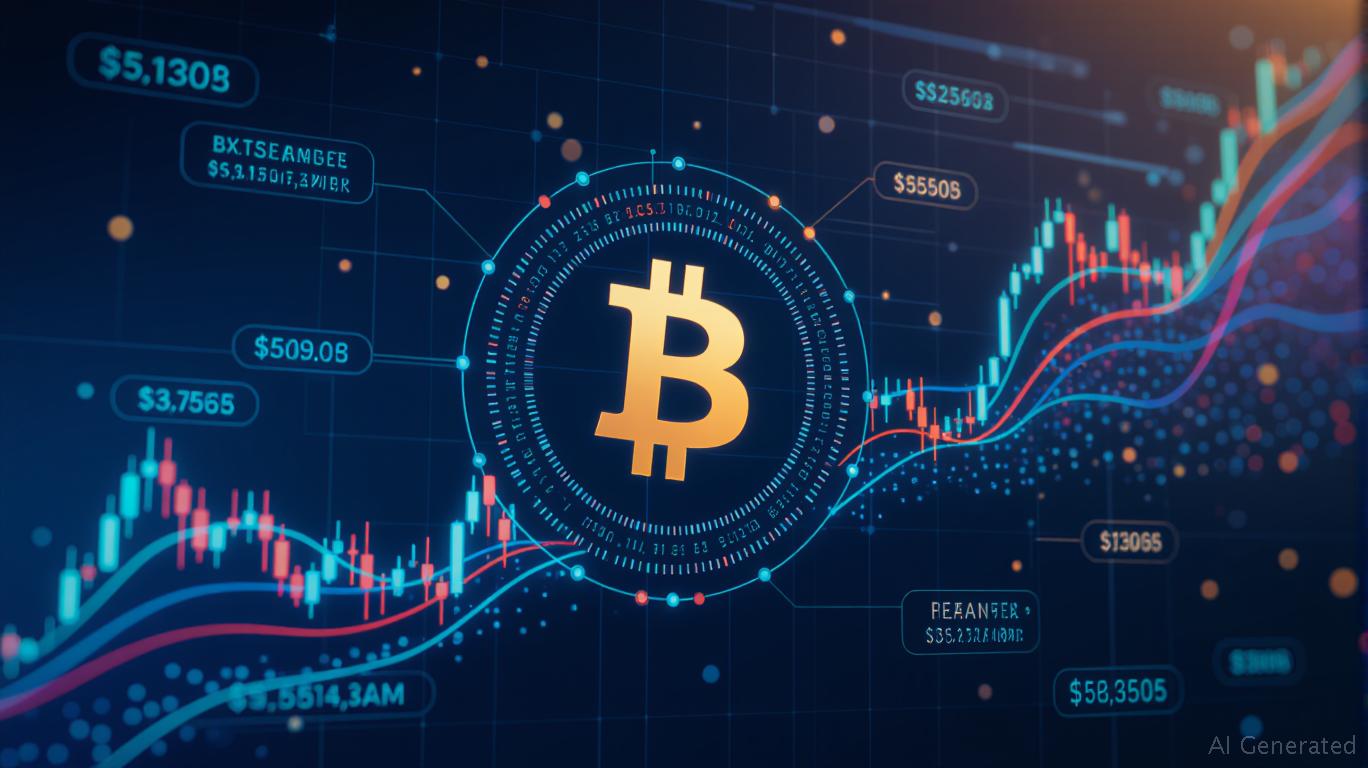Blockchain Forensics: The Quiet Engine Driving Institutional Crypto Trust
Julian CruzSaturday, Jul 5, 2025 1:44 pm ET
![]() 32min read
32min read
The cryptocurrency market, once synonymous with wild speculation and illicit transactions, is undergoing a quiet transformation. As regulators and private firms collaborate to combat illicit crypto flows, blockchain forensics has emerged as a critical tool in reducing systemic risks—paving the way for institutional investors to embrace digital assets with greater confidence. This shift is not merely technological but structural, driven by global regulatory frameworks and partnerships that are reshaping the crypto landscape.
The tide has turned against crypto's shadow economy. In 2024, Brazil's Superior Court of Justice ruled that cryptoassets could be seized as debt collateral, a landmark decision that treated digital assets as legally enforceable property. Meanwhile, the UK's Financial Conduct Authority (FCA) has expanded its regulatory scope to include crypto firms, aligning with the EU's Markets in Crypto-Assets (MiCA) framework by 2026. These moves signal a global push to regulate crypto as a legitimate financial instrument.
The U.S. has been equally proactive. FinCEN's 2025 designation of Cambodia-based Huione Group—a hub for North Korean cyber heists and Southeast Asian scams—as a primary money laundering concern underscores the role of public-private collaboration. The SEC's crackdown on fraud, including the $198 million Ramil Palafox scheme and the sentencing of Celsius founder Alexander Mashinsky, further illustrates how regulators are using blockchain forensics to trace illicit flows and hold wrongdoers accountable.

The collaboration between legal experts, regulators, and tech firms is central to this shift. Law firms like DLA Piper are advising on anti-money laundering (AML) frameworks, while institutions like the Bank for International Settlements (BIS) are analyzing cross-border crypto flows to inform policy. At the state level, Arizona's 2025 law to track unclaimed cryptoassets and New Hampshire's crypto reserve—managed with private-sector custody standards—highlight how public entities are leveraging private expertise to navigate digital asset risks.
Technological infrastructure is equally critical. The adoption of UCC Article 12 in U.S. states like Florida and Oregon has clarified legal ownership of blockchain assets, while jurisdictions like the Cayman Islands are emerging as crypto hubs with robust VASP (Virtual Asset Service Provider) licensing regimes. These measures reduce ambiguity, creating a safer environment for institutional capital.
The regulatory clarity and transparency enabled by blockchain forensics are already influencing market behavior. Consider , a bellwether for institutional crypto adoption.
Coinbase's stock, which plummeted during the 2022 crypto winter, has rebounded as regulatory frameworks solidify. This trend reflects growing investor confidence in a crypto ecosystem that regulators and private firms are working to stabilize.
Meanwhile, Bitcoin's price volatility has correlated with regulatory milestones.
For instance, Bitcoin surged 15% in late 2024 following the EU's MiCA implementation—a sign that institutional players are betting on regulatory maturation.
The rise of blockchain forensics opens compelling investment avenues:
The convergence of robust regulation, public-private partnerships, and advanced blockchain forensics is dismantling the barriers to institutional crypto adoption. By reducing systemic risks—from money laundering to fraud—these efforts are transforming crypto from a speculative asset into a legitimate financial tool.
For investors, the message is clear: the crypto market's maturation is underway. Those who bet on companies and frameworks driving this transformation—whether through compliance, custody solutions, or regulatory clarity—will position themselves to capitalize on a market poised for mainstream legitimacy.
The path to institutional crypto adoption is paved with blockchain forensics. Follow the regulators, and the returns will follow.










